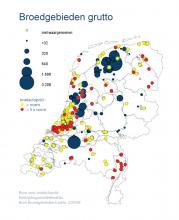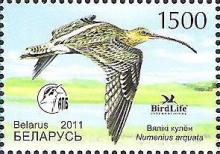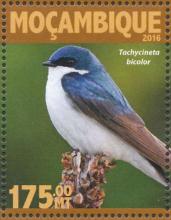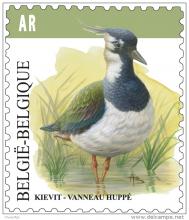Natuurmonumenten slaat alarm over voortbestaan weidevogels
Natuurmonumenten slaat alarm over het voortbestaan van de weidevogels in Nederland. In navolging van de Vogelbescherming is de organisatie bang dat vogels als de grutto, scholekster, veldleeuwerik verdwijnen. ''Als wij er hier niet in slagen om de daling te stoppen, is het straks echt doodstil in de Nederlandse weiden'', zegt Jan Roodhart, boswachter en weidevogelexpert van Natuurmonumenten.










